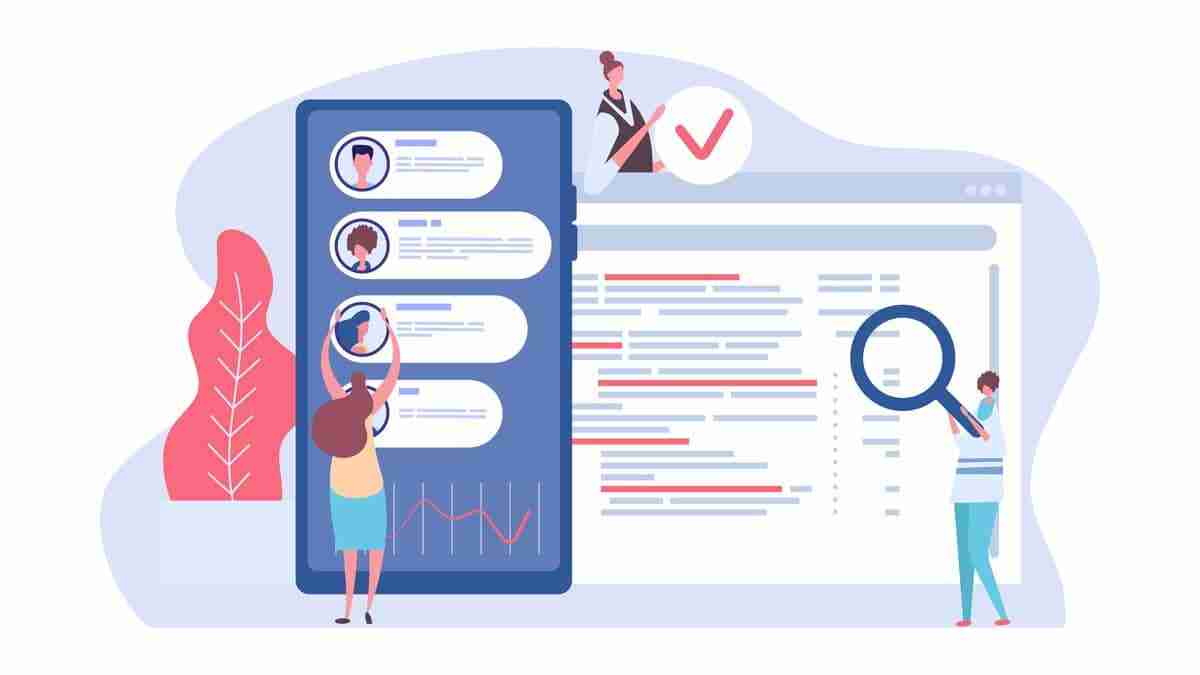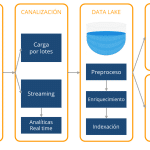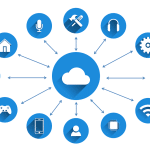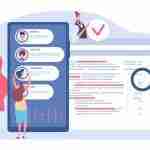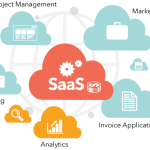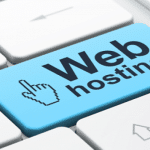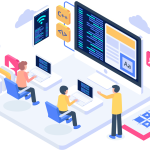SaaS ERP is a specially designed mannequin of ERP software, where the software can be accessed over the Internet. This SaaS mannequin is hosted by an ERP software package supplier on the web server. Many customers can reach the ERP software package only through an Internet connection. This is a new advancement of ERP implementation and customers are relieved of many stresses and hassles regarding the implementation of a complete ERP software package. This particular Software-as-a-Service feature has many advantages compared to conventional ERP software.
The implementation of a conventional ERP system involves a lot of planning, large financial investments and is a time-consuming process. On the other hand, regular upgrading costs, other investments and maintenance costs can be a huge hassle for customers. On the other hand, SaaS ERP is devoid of any technological concerns and saves the original huge investment of time and money. The customer can use SaaS ERP only for its business purpose and leave the technical and maintenance related concerns to the vendor. The shopkeeper is able to serve several customers at the same time.
Providing this distinct type of service through SaaS ERP has been made possible by the widespread advancement of several technological features that support this function. Visual Studios’ breakthrough advancement has helped create this distinct type of service. The entry of Ajax, a distinct web application software, has enabled faster interactions between users. The Service-Oriented Property of this mannequin supports communication between different individuals. The widespread use of wide gang connection has further facilitated the provision of such web-based services.
The main benefits of using SaaS ERP are
1. Credit according to use resulting in a small cost.
2. Faster implementation and interaction saves time.
3. Lower IT infrastructure investment costs.
4. Docile communication.
SaaS ERP helps in the clear implementation of the service from the technical point of instinct and offers flexibility to customers. Customers only need to enrich according to their usage, which saves huge investment costs. The customer does not have to worry about IT expenses, omitting the installation of workstations and Internet connections. The shopkeeper performs an intensive study of the structure and organizes the accessibility of the ERP software from his web server. All types of software, backup services and middleware are provided by vendors who share many. Vendors maintain the latest software updates, and customers do not need to deteriorate on any additional hardware installation. Web-based SaaS ERP allows customers to reach data from anywhere in the world. Even vendors and suppliers can access any information with the convenient permission. This allows a wider range of accessibility covering all major areas of the structure.
ERP software as a service (SaaS) is gaining popularity in which the software application is installed on the provider’s server instead of the lucky computer. In the past, organizations had to buy the applications dishonestly. This involved large investments in software and hardware. The disadvantage of this approach was that the purchaser had to pay high dishonesty fees every time the application was used on a new machine. Management needed to hire consultants and professionals to run the ERP applications and, therefore, buy in the hiring of support staff. With changing policies, new investments become necessary and organizations have to keep upgrading their hardware equipment. These disadvantages are not faced in ERP software as a service (SaaS).
ERP software as a service is a way to implement ERP software in an on-demand environment. In this method, software as a service software mannequin allows you to lease the enterprise fortune planning software for a long time. The software is hosted through an outsourced provider or ASP. The benefits of ERP software as a service are that it is a low-cost software implementation and is accommodating to use. The implementation is accommodating and there is no need to purchase any disonesty for new applications. Expenses can be reduced on hardware purchases and the fees paid to the vendor are predefined according to the quality and quantity of services used.
To use ERP software as a service (SaaS), the management must purchase the SaaS subscription and pay to use the installed application software. The speed of the service, the quality of the service and the number of calls made on the server contribute to the cost of the ERP software as a service. The service provided is customized according to the buyer’s requirements. The vendor agrees to provide information on hardware requirements, implementation time and other services. The vendor agrees to provide customized services as specified by the customer.
While ERP software as a service (SaaS) offers many benefits, it may not be consummate for all types of organizations. All vendors don’t provide the SaaS software mannequin and those vendors that do provide it may blunt the ability to modify the software. This can run as a deterrent bird for organizations looking for a largely customized option. Since users cannot modify the software they are using, they have no control over their own computing. Barring these disadvantages, the benefits are many. It is accessible from any workstation with an Internet connection and offers rapid scalability.
The service includes backup, security, updates and maintenance for the generic and there is no specific server installation. It is a low-cost way for companies to use software as needed instead of paying licensing fees for each application on each machine. The buy-in is reduced and means faster implementation. With lower implementation and upgrade costs, ERP software as a service (SaaS) is taking the market by storm. SaaS has become a global mannequin for various other ERP business applications.
